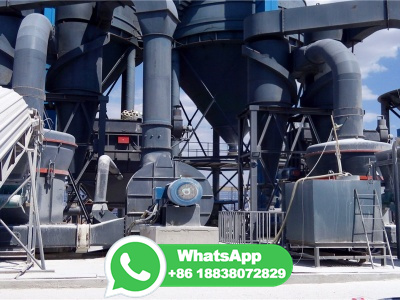Charcoalmaking resources
WEBCharcoal is made by heating wood or other organic materials above 400° C (750° F) in an oxygenstarved environment. The process, called pyrolysis, is exothermic – meaning it gives off heat once started. The more volatile elements in the wood, such as hydrogen, oxygen, and some carbon, combine to form gasses that escape from the wood.


























![How to Make Charcoal [Step by Step Guide]](/endw6fs/215.jpg)







